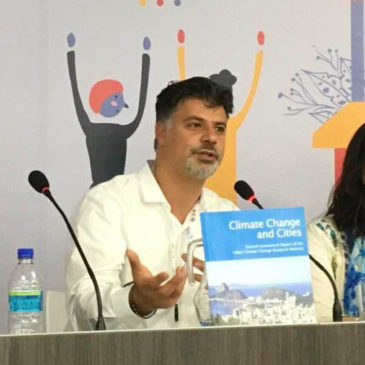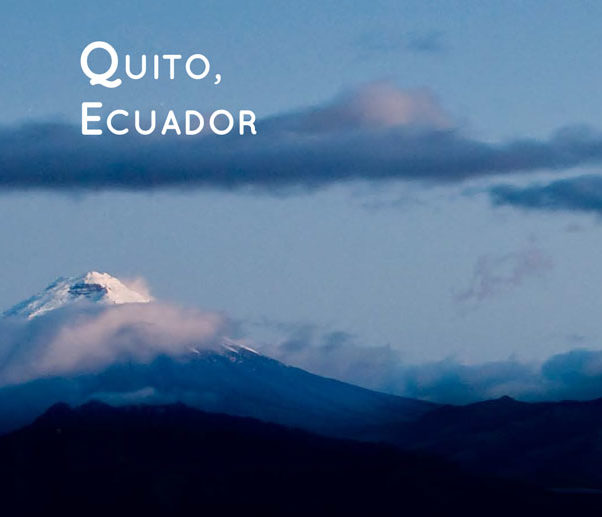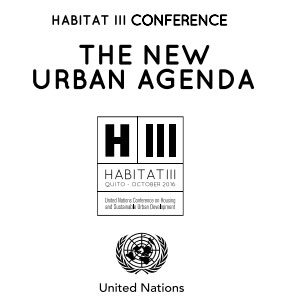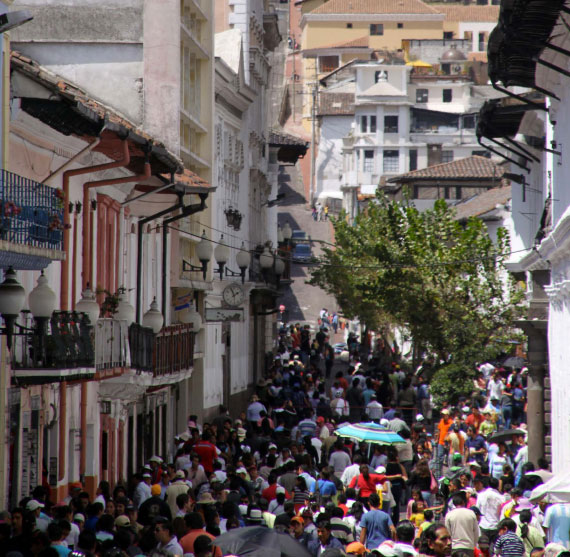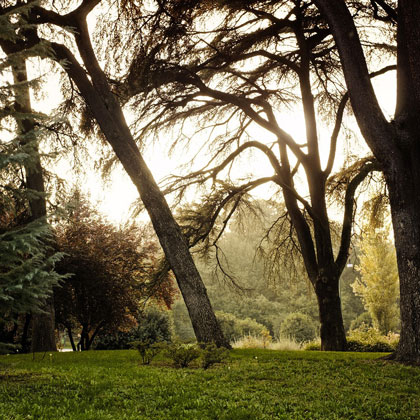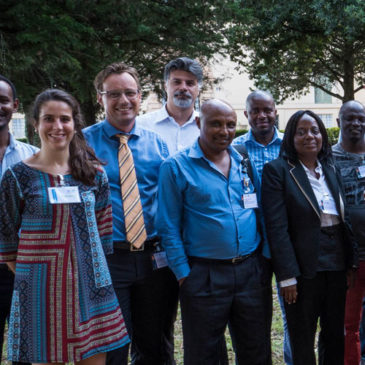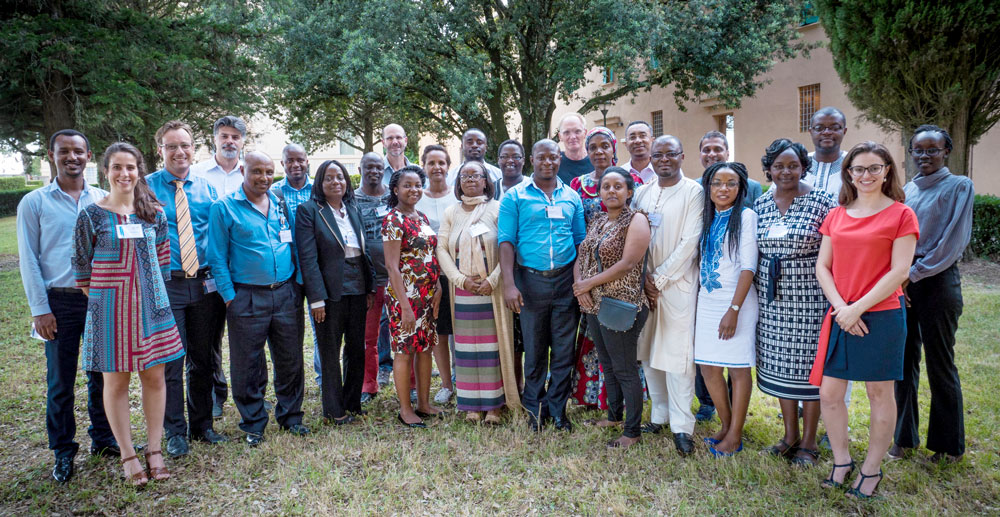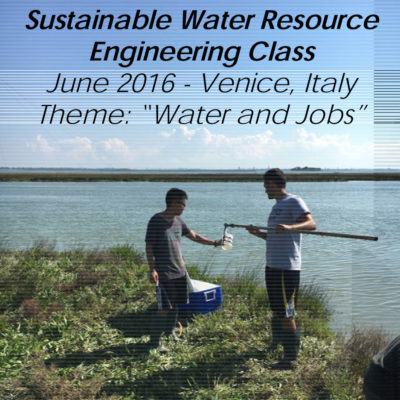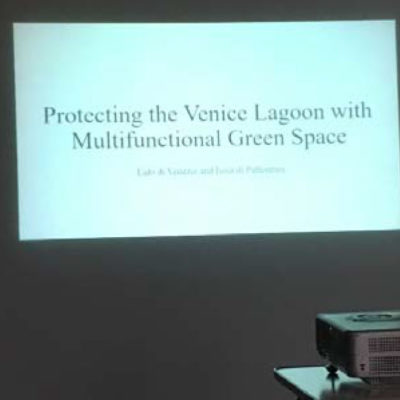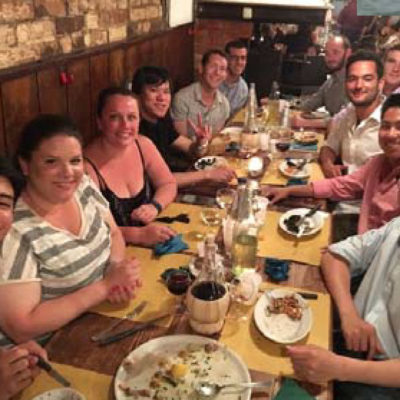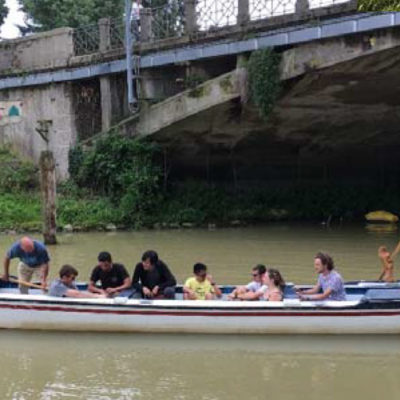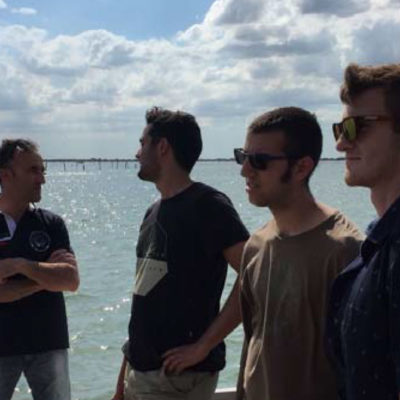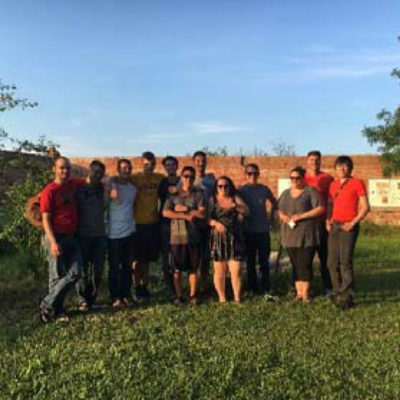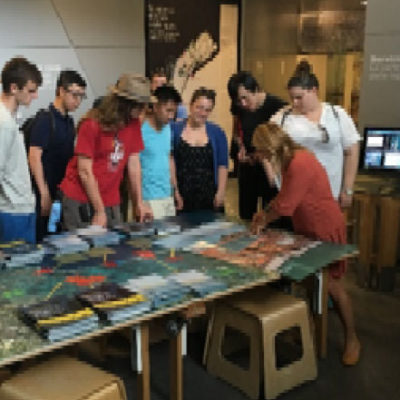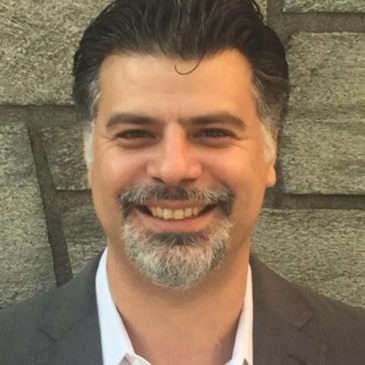11
Aug 2019
18
Oct 2018
BROOKLYN GREENWAY WINS 2018 AIANY + ASLANY TRANSPORTATION + INFRASTRUCTURE DESIGN EXCELLENCE AWARD AS BEST IN COMPETITION
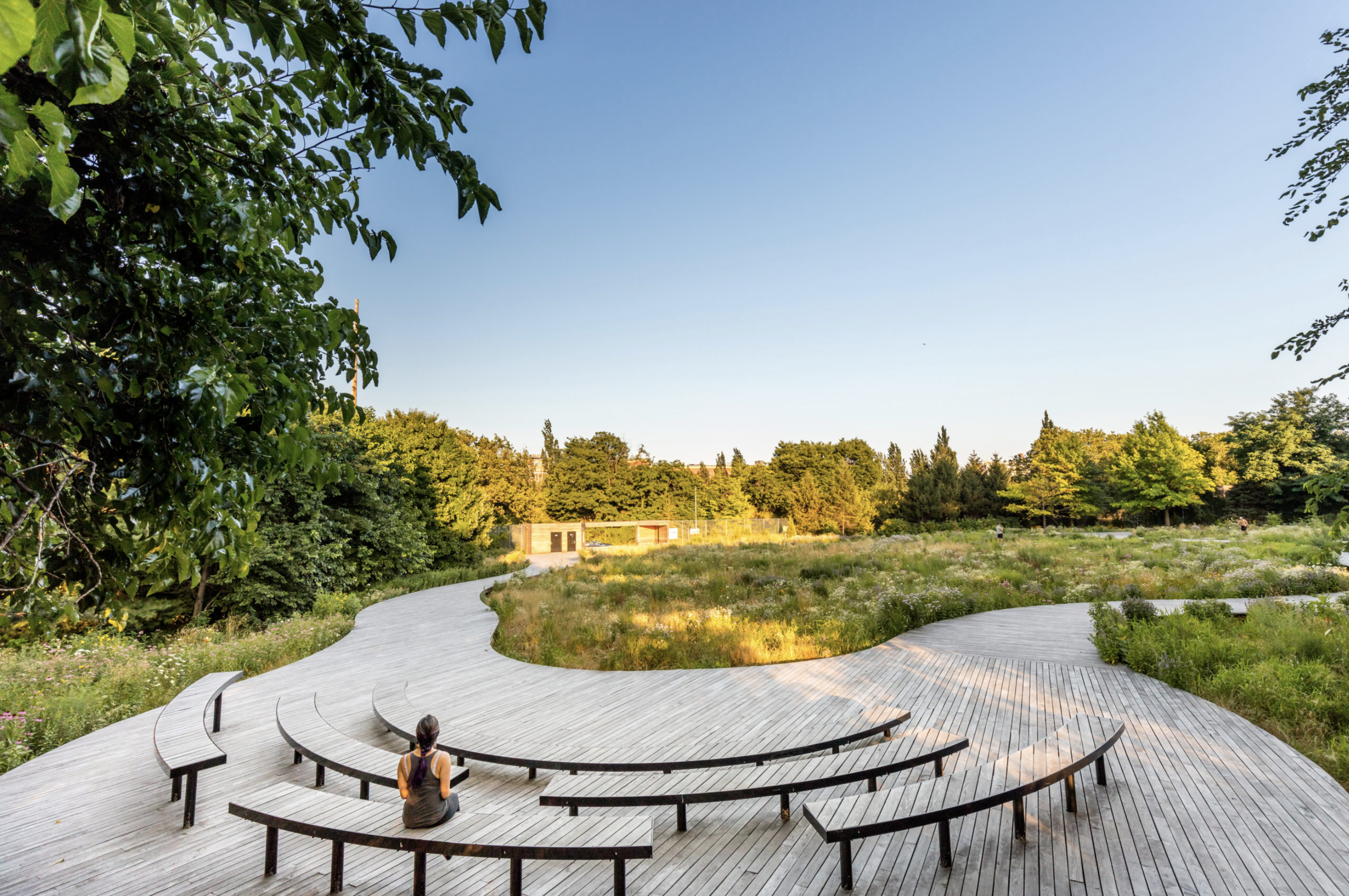
BROOKLYN GREENWAY WINS 2018 AIANY + ASLANY TRANSPORTATION + INFRASTRUCTURE DESIGN EXCELLENCE AWARD AS “BEST IN COMPETITION”!
eDesign Dynamics has been recognized during The American Institute of Architects' first AIANY + ASLANY Transportation + Infrastructure Design Excellence Awards for its part in designing The Brooklyn Waterfront Greenway. The project was conceived in 1999 as a “thick ribbon of green” along the Brooklyn waterfront comprised of a landscaped bicycle and pedestrian corridor contiguous with parks and open space, enabling access and connectivity to the waterfront as well as new mobility options for transit-starved coastal communities.
The AIANY + ASLANY Transportation + Infrastructure Design Excellence Awards recognize exceptional design by AIA and ASLA members. Built and unbuilt projects are reviewed for their innovative design approaches to transportation and infrastructure. AIANY + ASLANY recognize projects that reflect a commitment to sustainability, community engagement, and civic architecture.
Read more >HERE<
21
Mar 2017
Science of the Living City Forum
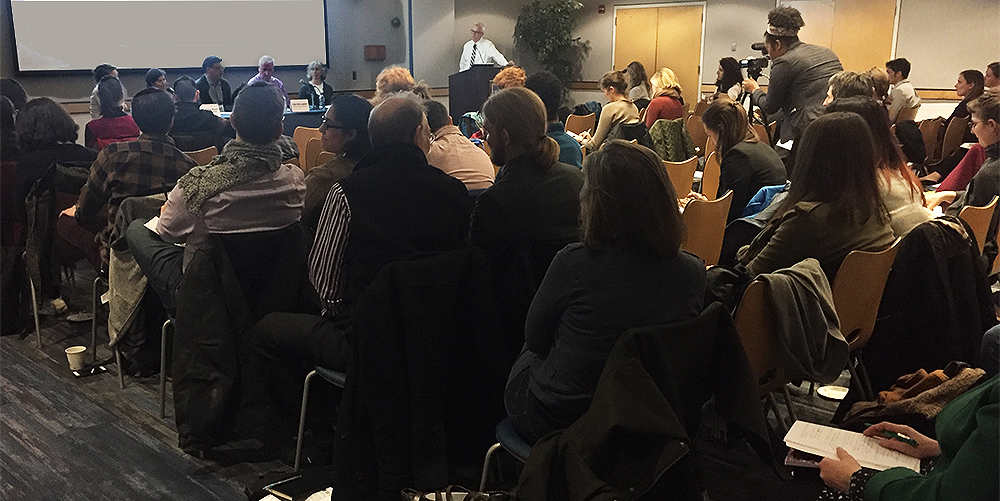
Originally published by Earthdesk
Dr. Franco Montalto, Principal Engineer at eDesign Dynamics, collaboratively organized the "Science of the Living City" forum, February 21st.
Municipalities across the country are wrestling with overburdened urban infrastructure where, during wet weather events (i.e., rain and snow melt), combined sewer overflows (CSOs) introduce untreated sewage into local waterways, a violation of state and federal water policy. On February 21st, Pace University’s Dyson College Institute for Sustainability and the Environment partnered with the New York City Urban Field Station (a partnership between the US Forest Service, NYC Parks, and the Natural Areas Conservancy) to host a Science of the Living City seminar on how to leverage green stormwater infrastructure (i.e., green infrastructure) investments to both meet regulatory requirements for clean water and enhance urban sustainability and resilience. Living City
Panel participants Franco Montalto, Andrea Parker, Christina Rosan, Marit Larson, John McLaughlin, Michael Finewood, and Sara Meerow came from diverse professional experiences, including universities, government agencies, and nonprofits, and have overlapping interests in the multiple benefits—or multifunctionality—of green infrastructure. Our discussion broadened the conversation about the diverse challenges and benefits of incorporating green infrastructure into sustainable city planning.
Municipalities are facing enormous costs related to repairing and upgrading water systems. Citing potentially lower costs and multiple community benefits, stakeholders have strategized to implement green infrastructure as a stormwater management tool. Green infrastructure is defined here as technologies that mimic biologic systems to control water at the source, such as rain gardens, bioswales, and green roofs. NYC is a national leader in this regard, proposing to manage 10% of impervious surface with green infrastructure (learn more about the NYC GI Program here).
The evening opened with a presentation of Meerow’s research developing a Green Infrastructure Spatial Planning (GISP) model for identifying priority areas across New York City (as well as Detroit) where the multiple social and environmental benefits of green infrastructure are needed most. The panel then addressed critical questions about working in the diverse communities where green infrastructure is often sited. We learned a couple of key things from our conversation. For example, we can see how different organizations can share the same goal (e.g., clean water) but have distinct mandates for both how to achieve it and what the best outcomes are. Nonprofits may want green infrastructure that meets specific community needs while municipalities have to focus on stormwater runoff.
Likewise, both within and between communities, desires and needs are diverse. It can be challenging to meet them with technologies like green infrastructure. A nonprofit or government agency’s internal culture or politics may even constrain innovative or transformative action. An additional issue is timeframes. In other words, communities often want long-term engagement and planning, but municipalities and private firms are often under tighter deadlines.
The point is that green infrastructure is not a silver bullet for solving multiple problems at once; it offers many opportunities to provide co-benefits. But implementing green infrastructure is complicated. There must be engagement between all constituencies and we should adapt as our knowledge evolves.
A key point that emerged from our conversation was the necessity for public/private partnerships. Municipalities can implement green infrastructure on public property across cities (indeed, they often do), but that may not be sufficient to meet stormwater regulations. In this view, private property owners must play a role in meeting this common good. There were several open questions about these public/private partnerships, such as: How do we incentivize private property owners? How do we avoid inequities that can result from a focus on private property (see, for example, Heynen et al 2006)? How do we ensure that these infrastructures are maintained properly over time? To address these concerns, panelists emphasized the importance of community engagement, education, and stewardship as necessary parts of sustainability planning.
Importantly, our conversation demonstrated that we are all interested in meeting the multiple challenges that stormwater presents and we share a strong desire to contribute to sustainable communities. It is clear that we want an equitable, resilient, and sustainable future established through innovation in planning, community engagement, and public/private partnerships. And the challenges go beyond just local needs. Across the world, cities are growing and, as Montalto pointed out, we cannot design them like we always have and expect a different outcome. In this view, cities like NYC can be a model for global cities in meeting stormwater challenges.
Authors Michael Finewood and Samantha Miller are part of Pace University’s Dyson College Institute for Sustainability and the Environment (DCISE) Michael Finewood is an Assistant Professor in the Department of Environmental Studies and Science and Samantha Miller is Program Manager for DCISE.
The Science of the Living City event was organized collaboratively by Renae Reynolds (NYC Urban Field Station), Ruth A. Rae (NYC Parks), Bram Gunther (NYC Parks), Franco A. Montalto (Drexel University), Andrea Parker (Gowanus Canal Conservancy), Christina Rosan (Temple University), Marit Larson (NYC Parks), John McLaughlin (NYC Environmental Protection), and Sara Meerow (University of Michigan/ASU). Living City
3
Jan 2017
THE UNITED NATIONS CLIMATE CONFERENCE
![]()
About the Writer:
Franco Montalto
Dr. Montalto, PE is a licensed civil/environmental engineer and hydrologist with 20 years of experience working in urban and urbanizing ecosystems as both a designer and researcher. His experience includes planning, design, implementation, and analysis of various natural area restoration and green infrastructure projects.
![]()
About the Writer:
Hugh Johnson
Hugh has consulted on various aspects of renewable energy and energy efficiency for private, municipal, and federal clients. At Drexel, he contributes technical expertise and manages special projects.
Resolving to Act After the 2016 U.S. Election and the United Nations Climate Conference
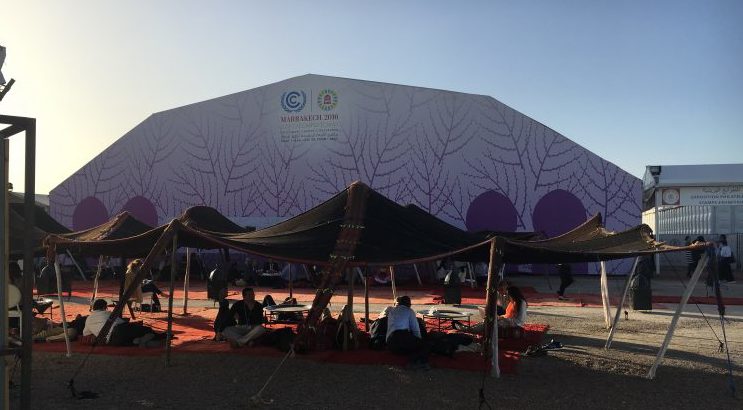
The following article was originally created and posted on The Nature of Cities website. The full article may be read here: >>CLICK<<
Franco Montalto, Philadelphia and Venice. Hugh Johnson, Philadelphia.
January 2, 2017
We attended the 22nd session of the United Nations Climate Conference (also called COP22) as “Observers” in the immediate aftermath of the U.S. 2016 presidential election. Since 1995, the COP has served as the annual UN climate conference, providing an opportunity to assess progress, negotiate agreements, and disseminate information regarding global climate change action. This year’s COP was simultaneously exhilarating and uplifting, a message that we are determined to bring home to a country still reeling from an election that has elevated someone who called climate change a hoax to our nation’s highest office.
At COP22, even the recent election of Donald Trump could not quash the sense of momentum building around widespread action on climate change.
Thanks to its official Observer status, our employer, Drexel University, was one of hundreds of civil society institutions from around the world permitted to send a delegation to the two-week meeting in Marrakech, Morocco (7-18 November 2016). Our Office of International Programs and our Institute for Energy and the Environment sent an envoy of 10 faculty and students to this meeting, five each week. Our role as “observers” was none other than to attend the various summits, official meetings, and side events and to report on the actions that nation-states, indigenous peoples, businesses, mayors, and individuals are taking to address the challenges posed by climate change. We networked with other civil-service institutions, conducted an informal survey, listened to talks, and were interviewed by National Public Radio (11/21/16, State Impact NPR, “Pennsylvania Academics Find Inspiration at Climate Conference”).
The ongoing actions being discussed in Morocco would not have been possible if not for the historic agreement reached last year in Paris at COP21. The so-called “Paris Agreement” represented the first time that world leaders achieved global consensus regarding the need to work collaboratively to hold future global temperature increases to under 2 degrees Celsius. Over the last year, national governments had to formally ratify the agreement. Only 55 countries, accounting for 55 percent of global greenhouse gas (or GHG) emissions, needed to formally ratify the historic agreement for it to go into force; however, according to U.S. Secretary of State, John Kerry, speaking at the meeting in Marrakech, more than 109 countries—collectively responsible for 75 percent of global GHGs—had already signed prior to COP22, a much faster pace of ratification than anyone expected. Clearly, the need for global climate action has become a widely-held international value, shared not just by scientists and environmentalists, but also by governmental leaders, their rank and file governing bodies and agencies, and the private sector, whose interests underlie many political decisions.
With the signed agreement in force, conversations in the restricted Blue Zone of this year’s COP, focused on implementation strategies, identifying knowledge gaps, networking, and financing. The various meetings highlighted the efforts that individual countries have undertaken to identify the sources of their existing emissions, and gave them a platform to articulate their specific strategies for achieving their nationally determined contributions (or NDCs) to global GHG emission reductions. Discussions also addressed how specific countries, cities, and other sub-national actors are planning to nurture, manage, or shape forecasted economic and population growth, peacekeeping, and advances in human rights while keeping their emissions under control. Again according to Secretary Kerry, each nation is now in the process of developing its own plan, tailored to its own circumstances, and according to its own abilities. It is an example of common but “differentiated responsibilities”, with the most vulnerable nations being helped along by those most equipped to address this challenge.
In the publicly-accessible Green Zone of the meeting, attendees were largely focused on the role that the private sector and civil society can and must play. In small and large booths, vivid displays highlighted everything from the voluntary emission reduction goals of large multi-national corporations to small-scale entrepreneurial efforts to innovate new ways of deriving fuel from waste, or to create new market opportunities for existing technologies such as the “Nigerian Refrigerator,” which can cool a pot of fruit from 40°C to 4°C relying solely on evaporative processes. The Green Zone included interactive meetings where individuals could spontaneously join group discussions focusing on climate justice, racism, and other struggles intimately related to climate change. It also featured an international, socially-engaged art exhibit.
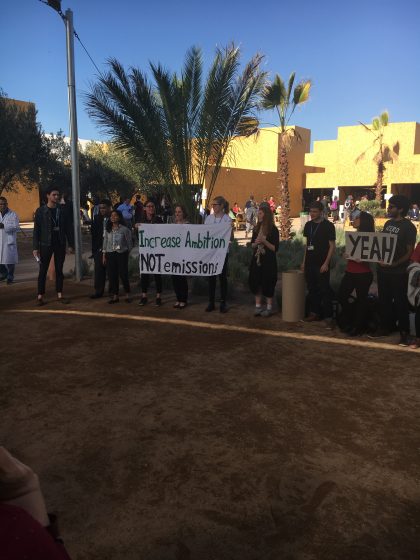
Marrakech, a beautiful city situated at the foot of the Atlas Mountains and at the edge of the Sahara Desert, was the perfect backdrop for this kind of multi-faceted exchange of ideas. Each day, as our group walked through its central square, the Jemaa el-Fna, a dynamic urban space packed with storytellers and snake charmers, musicians and dancers, traders and merchants, street food vendors, and children, we thought, what better setting to host the growing cross-cultural, global dialogue regarding the planet’s future? The square’s air is full of smoke, smells, sounds, and slang; its perimeter is lined with shops, rooftop restaurants, and street-level cafés. A vibrant, multi-actor, pulsating center of contrasts between old and new, of negotiation and of barter, it represents, in miniature, what is now happening on the world stage between global leaders, policymakers, entrepreneurs, and other vested individuals.
But what was most exhilarating to witness was how integrated the global response to climate change has become inside other contemporary efforts to improve the human condition. COP22 is just the most recent of a historic string of new pacts and agreements that will collectively guide the next phase of global human development. It began in 2015, when the United Nations officially replaced its Millennium Development Goals (or MDGs) with 17 Sustainable Development Goals (or SDGs), and 169 carefully articulated and intimately-related targets. The SDGs point the way to the next wave of progress on poverty alleviation, environmental protection, and the spreading of economic prosperity. A few months later, in March 2015, and at the request of the UN General Assembly, the Sendai Agreement for Disaster Risk Reduction—another global pact focusing on resilience and reducing the impacts of disasters on lives, livelihoods, health, and economic, physical, social, cultural and environmental assets—was adopted. The Paris Agreement was signed on December 12, 2015, and went into effect less than one year later on 5 October 2016. On October 15, 2016, after the conclusion of all-night negotiations in Kigali, Rwanda, an agreement was reached to limit the use of hydrofluorocarbons (or HFCs) resulting in the largest potential temperature reduction ever achieved by a single agreement, as much as 0.5 C. Later in October of 2016, in Quito, Ecuador, the United Nations Conference on Housing and Sustainable Urban Development (called Habitat III) concluded with the adoption of the New Urban Agenda, a document that establishes new global standards for sustainable urban development, focusing on the collaborations necessary to more sustainably build, manage, and live in cities.
The “conversation” in Marrakech focused on how policymakers, planners, designers, business leaders, and individuals from all corners of the globe can integrate all of these different goals and aspirations into actionable initiatives at local, regional, national, and international scales. How can we design safe, accessible cities, with low-carbon transport systems, stable governing bodies, and equitable access to resources? How can we re-imagine our coastlines as multifunctional living landscapes, equipped to adapt to rising sea levels, but also supportive of critical fisheries, emergent habitats, and other forms of biodiversity? Where and how, in geographical and economic terms, will we feed ourselves, live, earn a living, and play, as both the global and urban populations of the world reach historical proportions? What successful models have been piloted, and what can we learn from them? These and other related, intellectually stimulating, and fundamentally important questions were on the lips of just about everyone we bumped shoulders with on the sprawling conference grounds.
Personally, we were reassured to witness this important conversation elaborated in so many different ways, by so many different people, in so many different languages, at COP22, even as the U.S. prepares for a new president. President-elect Donald Trump’s dismissive rhetoric during the campaign, and the expressed views of many individuals he appears poised to appoint as part of his Cabinet, suggest that this administration may not instinctively understand the urgency of global collaboration on any of these issues. Where the Obama administration has lead, the incoming administration seems, at least initially, to want to close the door. Like many other Americans attending the meeting, we used phrases like “angrily charged” and “disillusioned, but determined” to describe our post-election feelings at a workshop organized at the conference by Mediators Without Borders (or MWB) as an outlet for attendees to express our emotional reactions to the election results, and to convert these into a constructive reorientation of our professional activities.
To elicit global perspectives on the election, our Week Two delegation designed an informal survey to conduct after the MWB workshop, as we circulated among the tens of thousands of conference attendees. It featured two core questions: “What was your reaction when you heard the results of the U.S. election?” and, “Do you have a message for the incoming U.S. Administration regarding climate change?” Though we would be remiss not to mention that among the conference attendees were certainly a small group individuals who were unsurprised, or even satisfied, by Mr. Trump’s victory, responses to the first question overwhelmingly reflected many of the same feelings of shock, horror, and devastation articulated in the MWB workshop. But regardless of their feelings about Mr. Trump, and without exception, respondents to the second survey question urged the President Elect to follow his predecessor’s example by collaborating with the international community on efforts to battle climate change and to also lead in related struggles for sustainable development.
Leaders from all levels of government have expressed the same sentiment, tinged with optimism that significant backpeddling may no longer be tenable. UN Secretary General Ban ki-Moon said he counts “on the U.S.’s continued engagement and leadership to make this world better for all…” Brian Deese, Senior Climate Advisor to President Obama, reported in Marrakech that for the first time in human history, carbon emissions are now completely decoupled from economic growth. And Jonathan Pershing, the U.S. Special Envoy on Climate Change, stated confidently that, “The transition to clean energy is now inevitable.” While we still have many profound challenges, “the momentum is insurmountable: there is no stopping,” he said. Indeed, the recent open letters from more than 300 companies and from 37 red band blue state mayors asking President-Elect Trump not to abandon the Paris Agreement is further evidence of the deep roots that this movement now has.
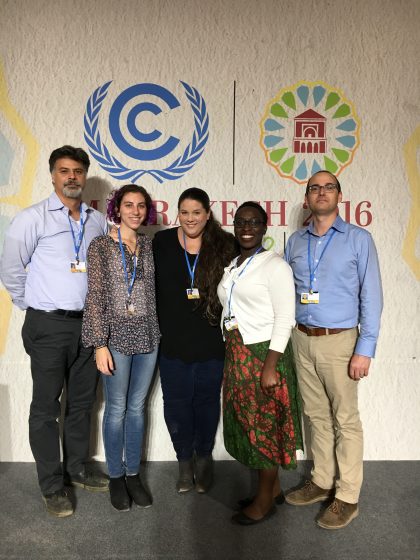
This month, Drexel became the North American Hub of the Urban Climate Change Research Network. We have listed two preliminary goals to guide our activities: we will continue to generate and to disseminate scientific knowledge where it can inform sound decisions and policy, and to support our practitioner colleagues in their efforts to implement change. But in other contexts—ones where change must be catalyzed through other means—we are prepared to apply other forms of pressure, drawing from the enormous fountain of energy, creativity, and connections available to us through the growing international demand for climate action, social justice and sustainability. We invite you to join us as we transition from debates to determined action at all levels of our global community.
Franco Montalto and Hugh Johnson
Philadelphia
17
Nov 2016
Book Release: Prospects for Resilience
Dr. Franco Montalto, Principal Engineer here at eDesign Dynamics, co-authored a chapter
in the new book Prospects for Resilience: Insights from New York City's Jamaica Bay.
|
Given the realities of climate change and sea-level rise, coastal cities around the world are struggling with questions of resilience.
Resilience, at its core, is about desirable states of the urban social-ecological system and understanding how to sustain those states in an uncertain and tumultuous future. How do physical conditions, ecological processes, social objectives, human politics, and history shape the prospects for resilience? Most books set out “the answer.” This book sets out a process of grappling with holistic resilience from multiple perspectives, drawing on the insights and experiences of more than fifty scholars and practitioners working together to make Jamaica Bay in New York City an example for the world.
Prospects for Resilience establishes a framework for understanding resilience practice in urban watersheds. Using Jamaica Bay—the largest contiguous natural area in New York, home to millions of New Yorkers, and a hub of global air travel with John F. Kennedy International Airport—the authors demonstrate how various components of social-ecological systems interact, ranging from climatic factors to plant populations to human demographics. They also highlight essential tools for creating resilient watersheds, including monitoring and identifying system indicators; computer modeling; green infrastructure; and decision science methods. Finally, they look at the role and importance of a “boundary organization” like the new Science and Resilience Institute at Jamaica Bay in coordinating and facilitating resilience work, and consider significant research questions and prospects for the future of urban watersheds.
Prospects for Resilience sets forth an essential foundation of information and advice for researchers, urban planners, students and others who need to create more resilient cities that work with, not against, nature.
21
Oct 2016
Habitat III, UN Conference in Quito, Ecuador
Last week, Dr. Franco Montalto was introduced as the new Director of the North American Hub of the Urban Climate Change Research Network. The announcement took place at Habitat III, the United Nations Conference on Housing and Urban Development held in Quito, Ecuador October 17-20, 2016.
The Urban Climate Change Research Network
is a network of more than 750 researchers from around the world studying the impacts of climate change in cities. The newly formed North American Hub will promote collaboration between UCCRN researchers and city leaders across North America. At Habitat III, Dr. Montalto presented preliminary ideas developed with other colleagues regarding the new Hub's structure and mission.
is a network of more than 750 researchers from around the world studying the impacts of climate change in cities. The newly formed North American Hub will promote collaboration between UCCRN researchers and city leaders across North America. At Habitat III, Dr. Montalto presented preliminary ideas developed with other colleagues regarding the new Hub's structure and mission.
HABITAT I, HABITAT II AND THE HABITAT AGENDA
The United Nations General Assembly convened the Habitat I Conference in Vancouver, Canada, in 1976, as governments began to recognize the need for sustainable human settlements and the consequences of rapid urbanization, especially in the developing world. At that time, urbanization and its impacts were barely considered by the international community, but the world was starting to witness the greatest and fastest migration of people into cities and towns in history as well as rising urban population through natural growth resulting from advances in medicine.
The Vancouver commitments were reconfirmed 20 years later, at the Habitat II Conference in Istanbul, Turkey. World leaders adopted the Habitat Agenda as a global plan of action for adequate shelter for all, with the notion of sustainable human settlements driving development in an urbanizing world.
Forty years later, there is a wide consensus that towns' and cities' structure, form, and functionality need to change as societies change. Cities have continued to expand outwards beyond their peri-urban areas, often due to weak urban planning, poor urban management, land regulation crises, and real estate speculation factors. It is now well understood that slums and related informal settlements are a spontaneous form of urbanization, consisting of a series of survival strategies by the urban poor, most borne out of poverty and exclusion.
Habitat III, and the New Urban Agenda as a result, represents an opportunity to make concrete the ideals of Habitat II in designing policies, planning urban spaces for all, and providing affordable urban services and utilities by looking to the cities as an incredible force of global development and facing the challenge of how to manage the urbanization process to improve citizens' lives

17
Oct 2016
Build Landscapes – Biannual Event in Turin, Italy
Franco Montalto, PE, PhD, recently presented some of eDesign Dynamics' recent work at a biannual event organized by the Fondazione per l'Architettura di Torino in Turin, Italy.
This year's event took place between the 13th and 16th of October, and was called Creare Paesaggi (Build Landscapes).
In his invited contribution, Dr. Montalto talked about multifunctional parks and other urban landscapes. He also showcased projects designed by EDD, and monitored by his research group at Drexel.
URBAN PARKS was the theme of the Biennale Create Landscapes 2016The urban park project is a key environmental renewal, urban and social tool through which you can rehabilitate degraded areas of the city and take action with respect to environmental hazards.It also has the ability to affect the quality of life of citizens, providing them with open spaces in response to social and cultural questions.Within metropolitan cities it is vital to ensure the environmental and recreational functions of the green, in the form of parks, it plays a very important role in spatial planning.In light of these considerations, one wonders, during the Biennale, how to implement and manage systems supra green spaces, with what new features you have to equip them and what new parameters should be developed to insert the green between services for the metropolitan population.
10
Sep 2016
CAEE Professor Montalto Gives Training in Italy
Dr. Franco Montalto, P.E. was recently a trainer at UNESCO World Water Assessment Program (WWAP) headquarters in Colombella, Italy. The training was entitled “Capacity Development on Water and Sustainable Development,” and was a follow up to the WWAP’s 2015 report "Water for a Sustainable World." It was attended by 20 water professionals from 14 different African countries.
Dr. Montalto kicked off the program with a group role play exercise inspired by Garrett Hardin’s seminal 1968 Science article, Tragedy of the Commons. The goal of exercise was to explore the challenges associated with implementing the UN’s recent Sustainable Development Goals through a “fishing game”. Dr. Montalto also taught the portion of the training that focused on Urban Water Planning and Management.
10
Jul 2016
Professor Montalto’s Sustainable Water Resource Engineering Class in Venice
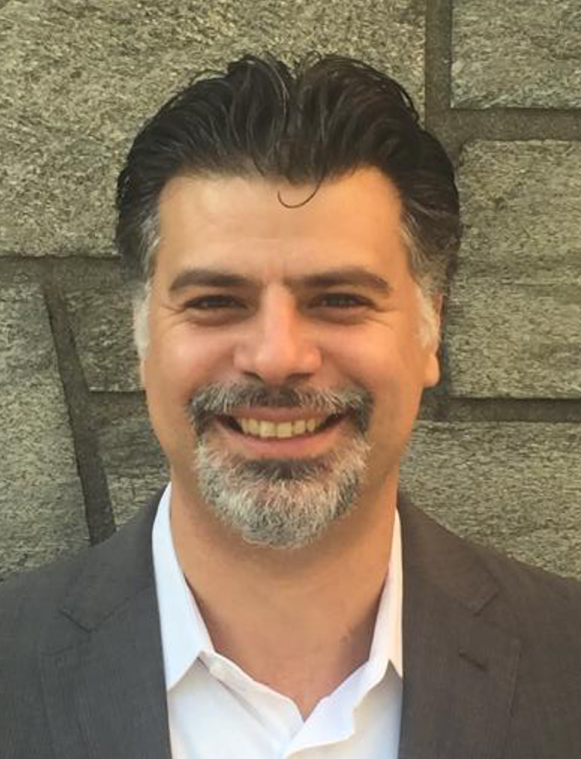
From June 8-18, 2016, CAEE Professor Dr. Franco Montalto, P.E. brought a group of 13 student to Venice, Italy as part of his Sustainable Water Resource Engineering class.
The theme of this year's class was Water and Jobs, the name also given to the 2016 World Water Development Report produced by World Water Assessment Program (WWAP). Since it is estimated that 3 out of 4 global jobs are water dependent, new approaches to water management can help to foster new forms of sustainable development. The group explored this theme with a focus on historical and contemporary water management strategies in Venice, a city of water.
After an introductory presentation by Dr. Angela Ortigara from WWAP, the trip began with a tour of the controversial Venice MOSE storm surge barrier project, followed immediately by technical presentations by some of its most vocal local critics.
The students then joined researchers from the University of Padua who are exploring strategies for engaging unemployed fisherman, refugees, and others in wetland restoration and river corridor restoration projects as part of the EU’s LIFE Vimine Project. The Drexel students collected water quality samples at the inlet and outlet of a tidal wetland in the Northern Venice lagoon in an effort to quantify its potential for improving water quality.
Other excursions included to Lazzaretto Nuovo, the city’s historical quarantine, to traditional fish farms in the Po Delta region, and to one of the region’s most historical flood control districts il Consorzio di Bonifica Delta Po Adige.
The project capstone was independent research conducted by the Drexel team on how various nature-based water management strategies could be incorporated into regional climate change adaptation planning in and around Venice. This work was presented to students and researchers at the IUAV University in Venice, an institution with which Drexel has an Erasmus + agreement to promote academic exchange on climate proofing cities. Water Resource Engineering
13
May 2016
“Science of the Living City” Seminar for Green Infrastructure

Dr. Franco Montalto, President and Principal Engineer at eDesign Dynamics, was recently featured for the NYC Urban Field Station. Dr. Montalto spoke at the Arsenal for the "Science of the Living City" seminar series.
"Reducing Water Pollution in a Dynamic World: The Critical Role of Green Infrastructure Investments in Enhancing the Resilience of Urban Landscapes" explored the potential role that multifunctional green infrastructure (GI) systems may be able to play in promoting urban resilience.
In the U.S. context, green infrastructure is primarily funded as a stormwater reduction measure. For this reason it must provide the service reliably, at a minimum. Research confirms that green infrastructure systems can reduce runoff at the site, block, and watershed scale, but much less is known about the other services these systems may provide in urban ecosystems, when they are strategically conceived, sited, and designed.
Because (GI) programs are typically being implemented in the context of adaptive management, the opportunity for practitioners, researchers, regulators, and community leaders to work together to pilot, monitor, and verify new green infrastructure configurations is upon us. Doing so requires flexibility, creativity, and the institutional willingness to attempt new things.
The New York City Urban Field Station “Science of the Living City” programs encompass all our educational efforts, affiliated partners, and special events. Affiliates include scholars-in-residence, fellows, and interns. Events include seminars, brownbag lectures, workshops, and symposia.
Science of the Living City engages diverse partners across the city, speaks to a wide professional and public audience, and addresses a variety of pressing issues related to urban social ecology and quality of life in cities. The goal is to explore new knowledge and the applications and implications of this knowledge in the urban context as well as to expand overall environmental literacy.
See more about the Field Station, and their seminar series HERE >
24
Apr 2015
ROOFS ARE SPROUTING GREENERY
Dr. Montalto was recently quoted in an article on Philly.com about Philadelphia’s increasing population of green roofs and their many benefits and possibilities.

Across the city, the tops of buildings and parking lots are sprouting greenery like never before. The number of green roofs in Philadelphia has tripled since 2010, according to the Water Department, which tracks the roofs because they absorb storm-water runoff.
The city now has 111 green roofs, roughly 25 acres’ worth. An additional 64 roofs are in the queue. The completed ones range from a tiny poof of greenery atop a bus stop shelter - installed at 15th and Market Streets as an attention-getter in 2011 - to one of the latest and biggest, one-acre-plus of greenery at Cira Centre South in University City.
…
The region’s universities have not only been installing roofs, but also avidly studying them.
Among questions Drexel associate engineering professor Franco Montalto and his colleagues are pondering: Can we grow food crops, use native species (instead of desert-adapted sedum species), or create more biodiversity on green roofs in the urban Northeast? How differently do green roofs constructed on steeply sloped roofs perform? Can we adjust the design of the green roof to maximize its habitat value, such as attracting pollinators?
Read the full article at philly.com HERE >
Photo credit: DAVID SWANSON

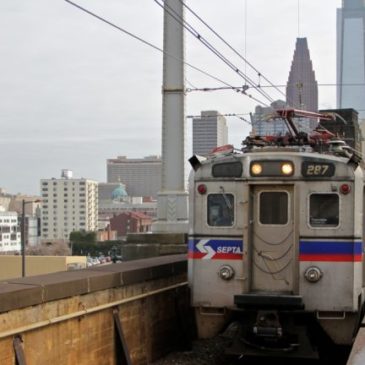
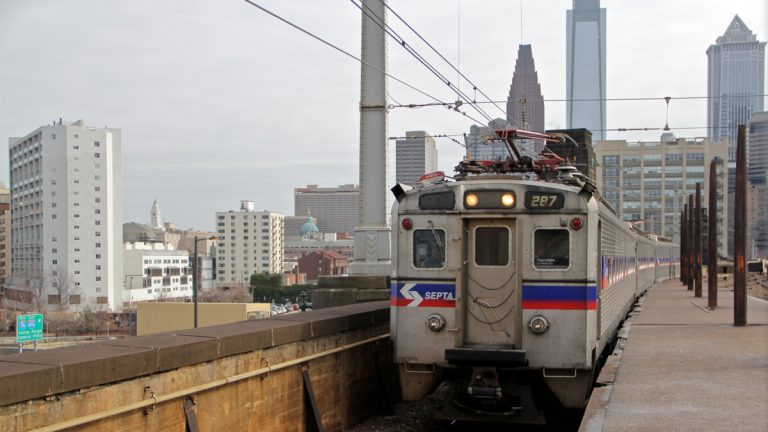
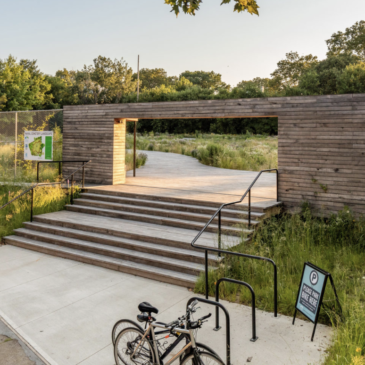

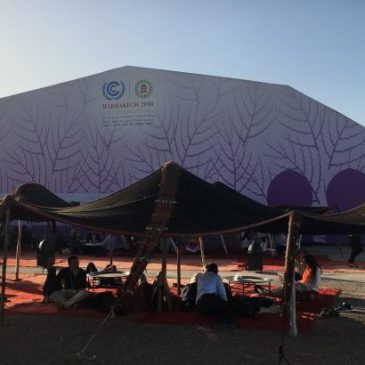

 We are pleased to announce that
We are pleased to announce that 